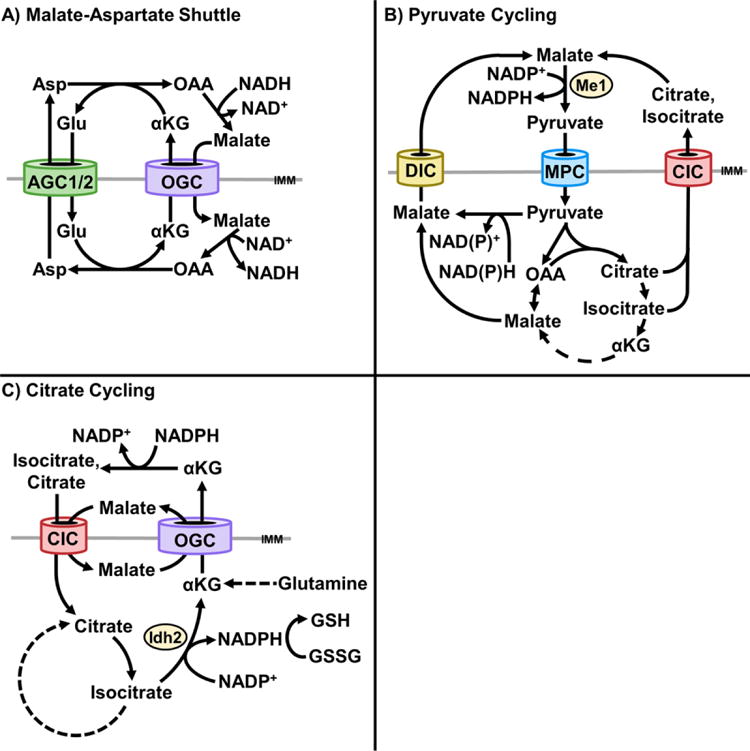Figure 3. The mitochondrial carriers coordinate redox cycles.

A) The aspartate-glutamate carrier (AGC) and oxoglutarate (α-ketoglutarate) carrier (OGC) coordinate the malate-aspartate shuttle. This cycle transfers NADH equivalents from the cytosol to the mitochondrial matrix. Cytosolic oxaloacetate is reduced to malate, coupled to oxidation of NAD+ to NADH, by cytosolic malate dehydrogenase. Malate is imported into mitochondria and then re-oxidized to oxaloacetate, coupled to reduction of NAD+ to NADH, by mitochondrial malate dehydrogenase. Malate import in exchange for α-ketoglutarate export, by the OGC, is coordinated with glutamate import in exchange for aspartate export, by the AGC. B) Pyruvate cycling through the mitochondrial pyruvate carrier (MPC) and dicarboxylate carrier (DIC) [75] or Citrate Carrier (CIC) [77] regenerates cytosolic NADPH. Pyruvate imported through the CIC may be converted to malate or citrate, exported, and re-converted to pyruvate by malic enzyme 1 (ME1), coupled with reduction of NADP+ to NADPH. C) A glutaminolysis-dependent, citrate-α-ketoglutarate cycle transfers NADPH equivalents from the cytosol to mitochondria [79]. Cytosolic α-ketoglutarate is reductively carboxylated to isocitrate, coupled to NADPH oxidation to NADP+, and isomerized to citrate. Citrate is imported into mitochondria and oxidized to α-ketoglutarate by isocitrate dehydrogenase 2 (IDH2), coupled to reduction of NADP+ to NADPH. NADPH may be utilized to reduce glutathione (GSSG to GSH). In cancer cells, α-ketoglutarate may be re-exported to the cytosol to supply lipogenesis [69]. A potential alternative fate of exported α-ketoglutarate is reconversion to citrate, to promote sustained α-ketoglutarate-citrate cycling as an NADPH shuttle.
